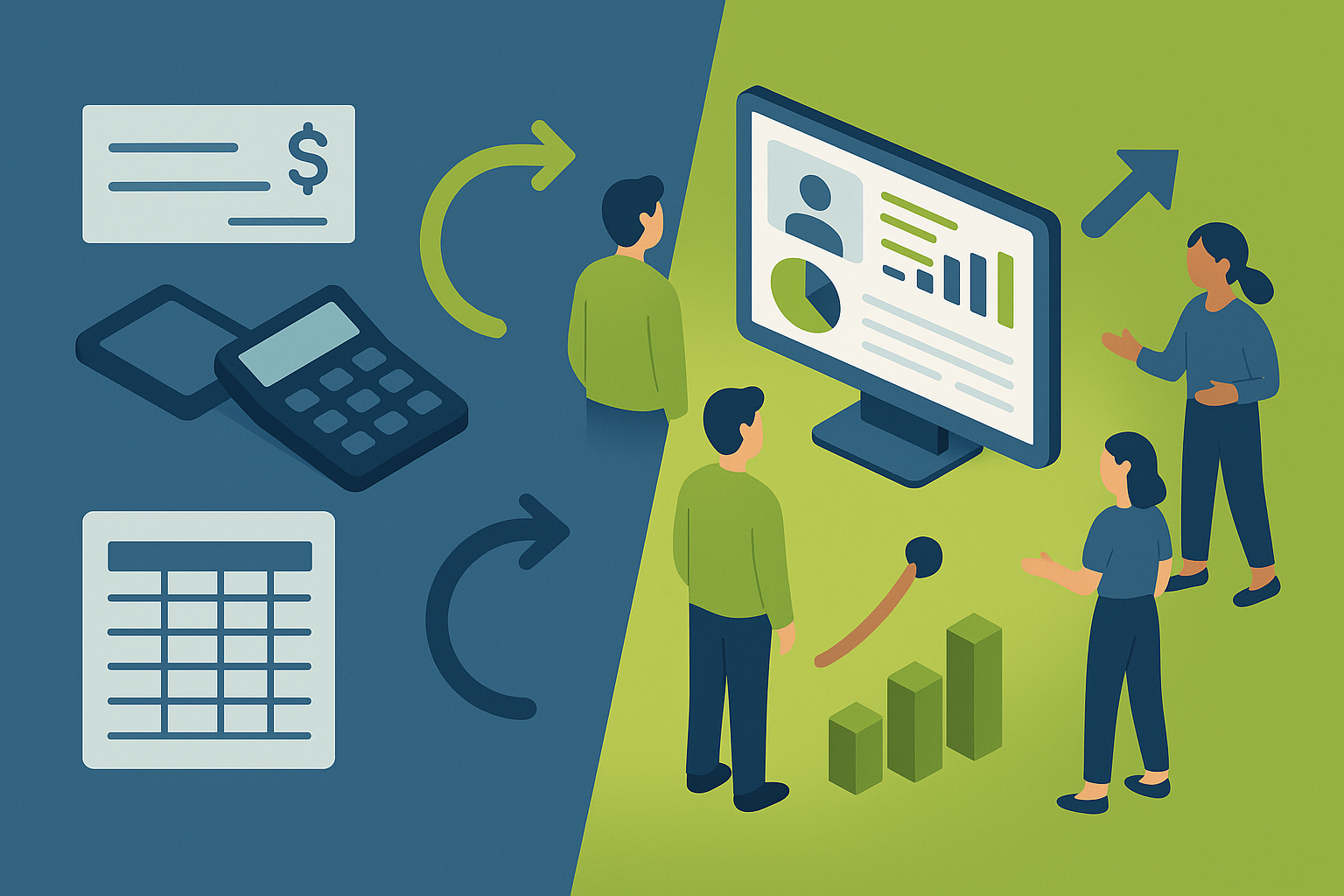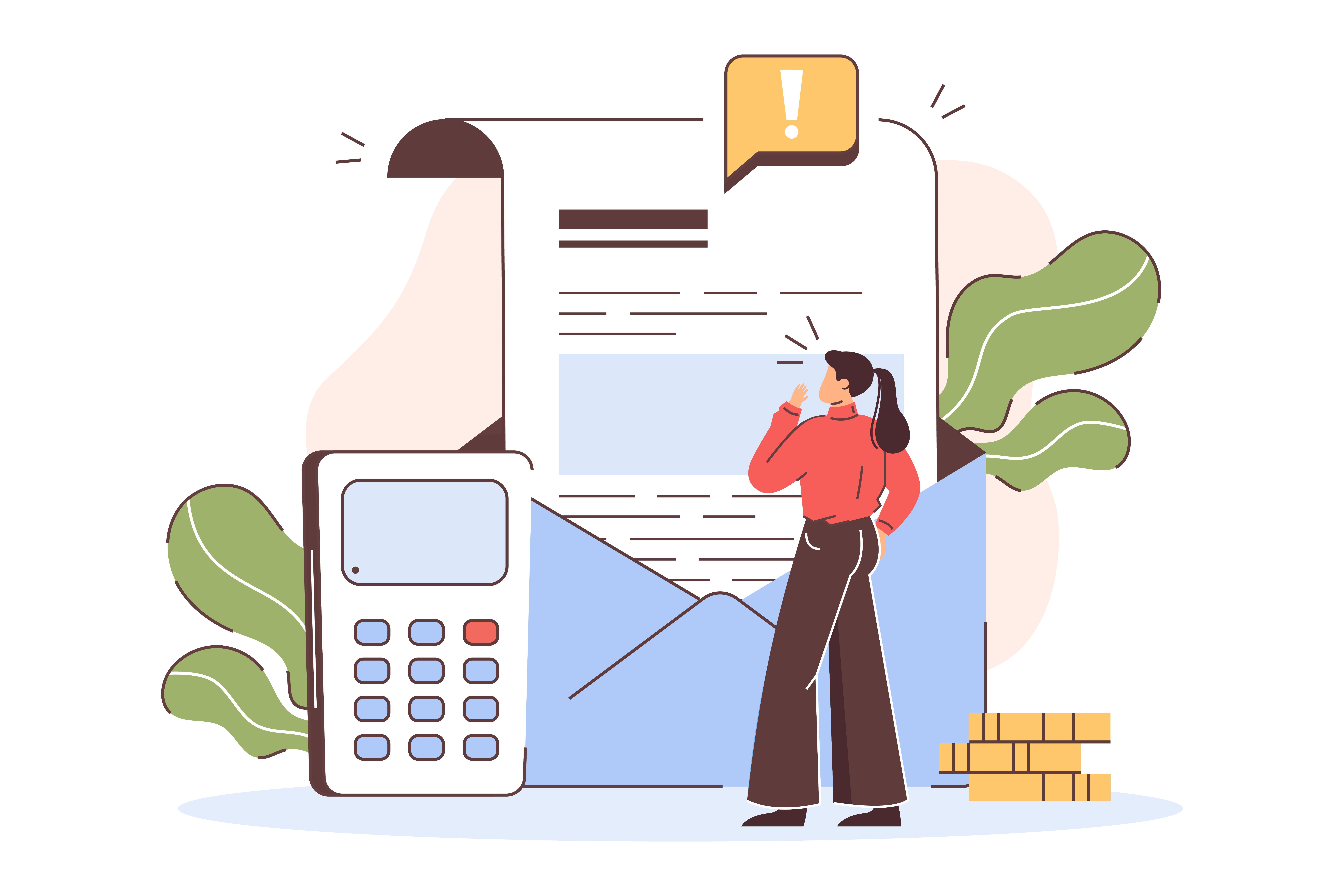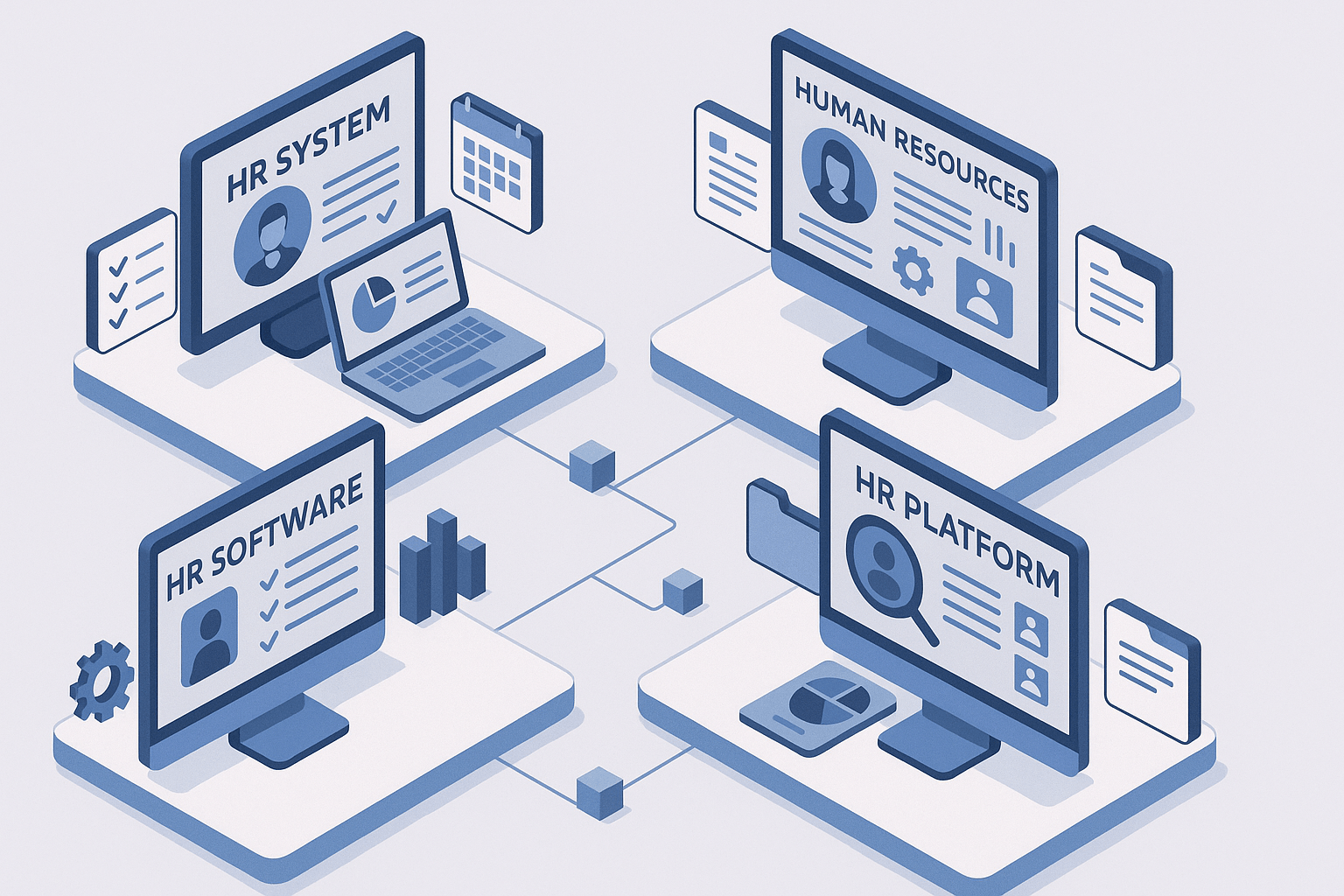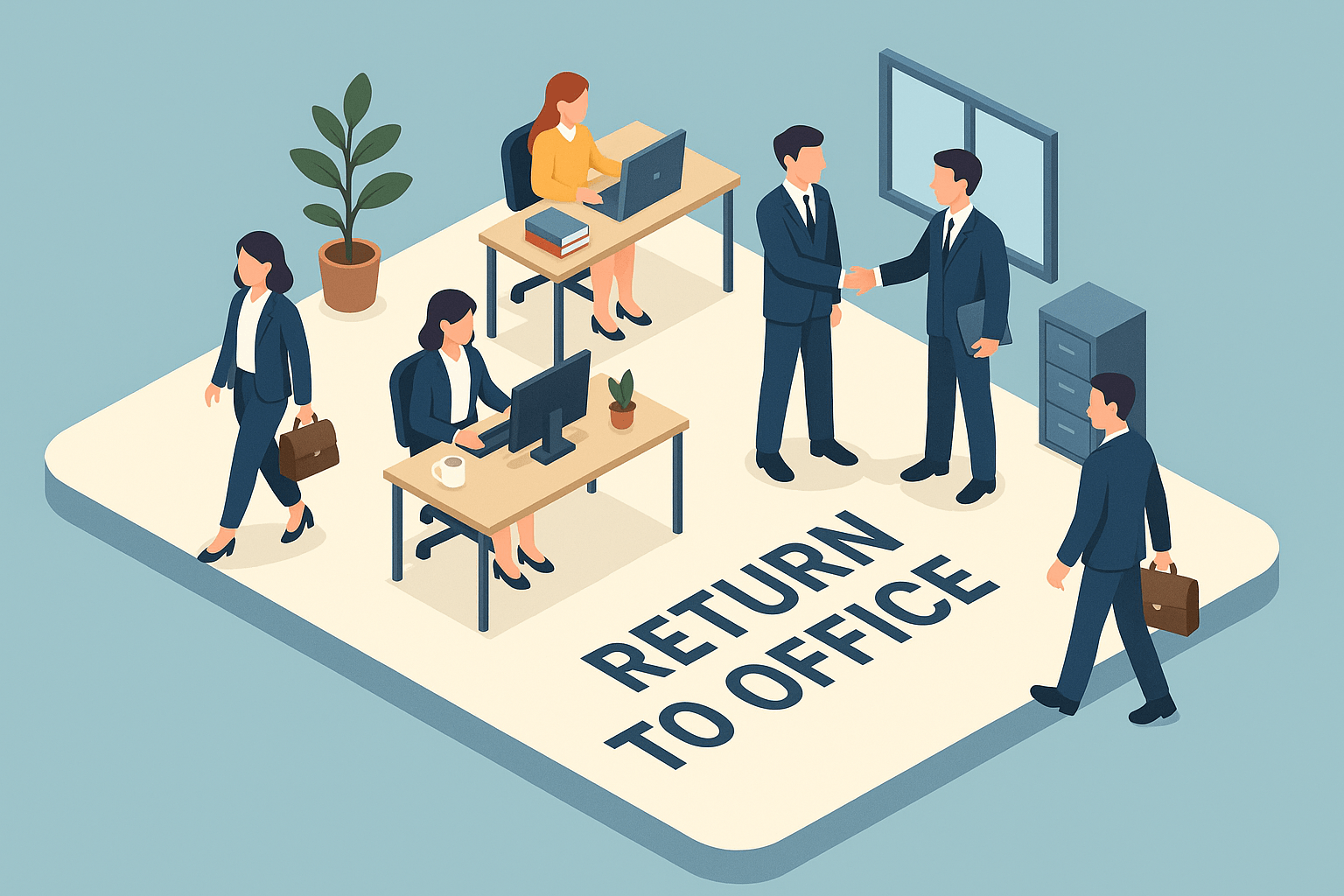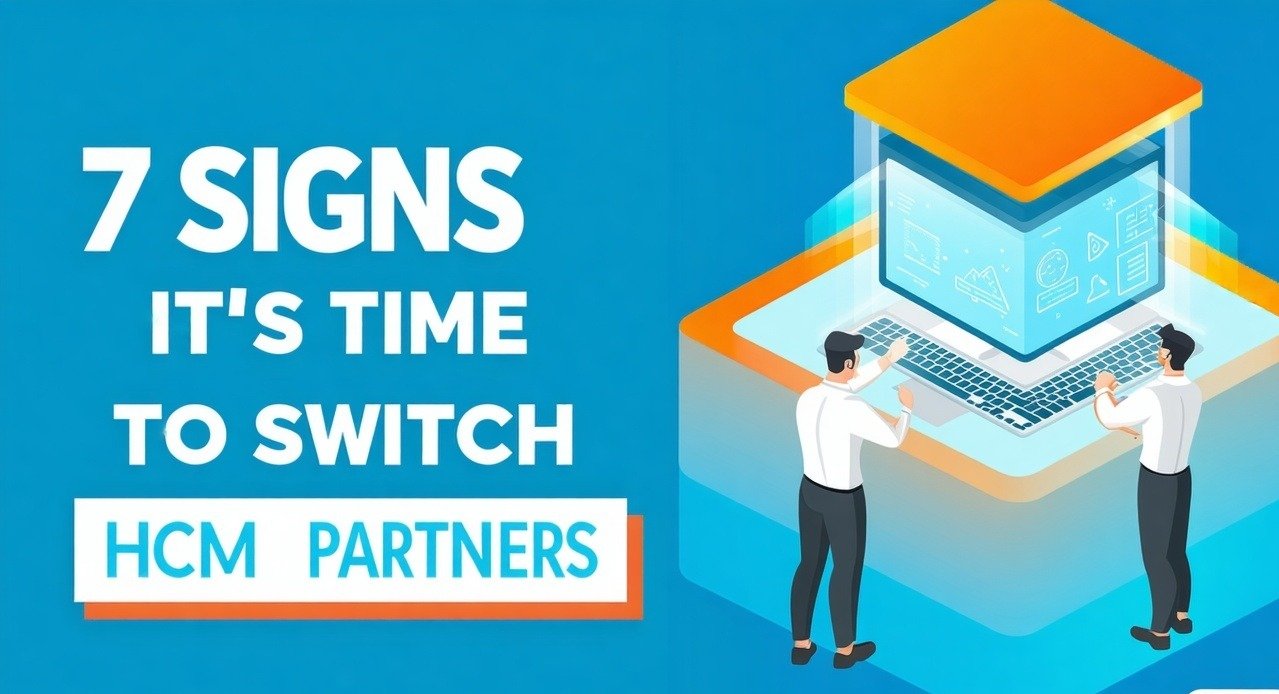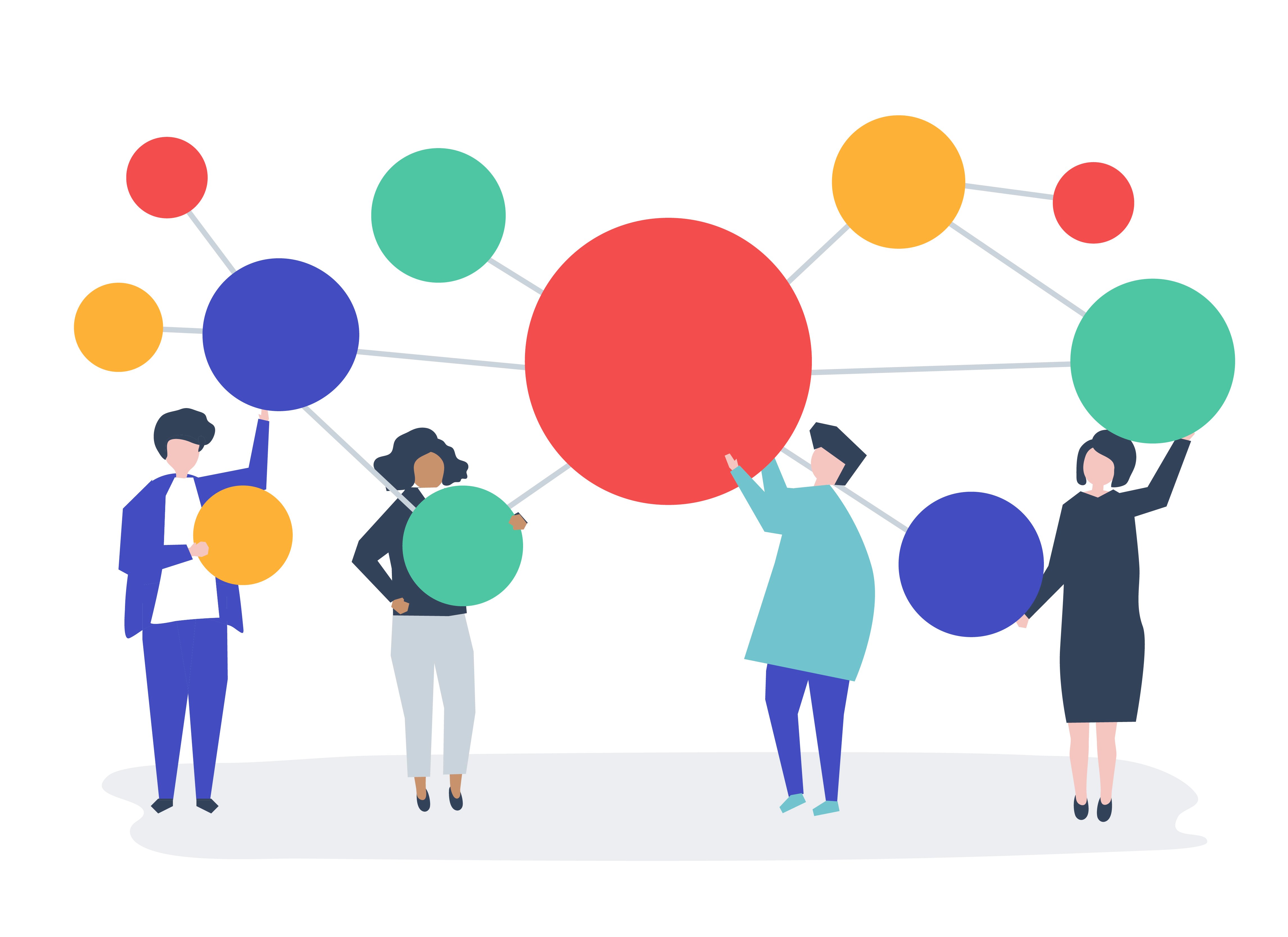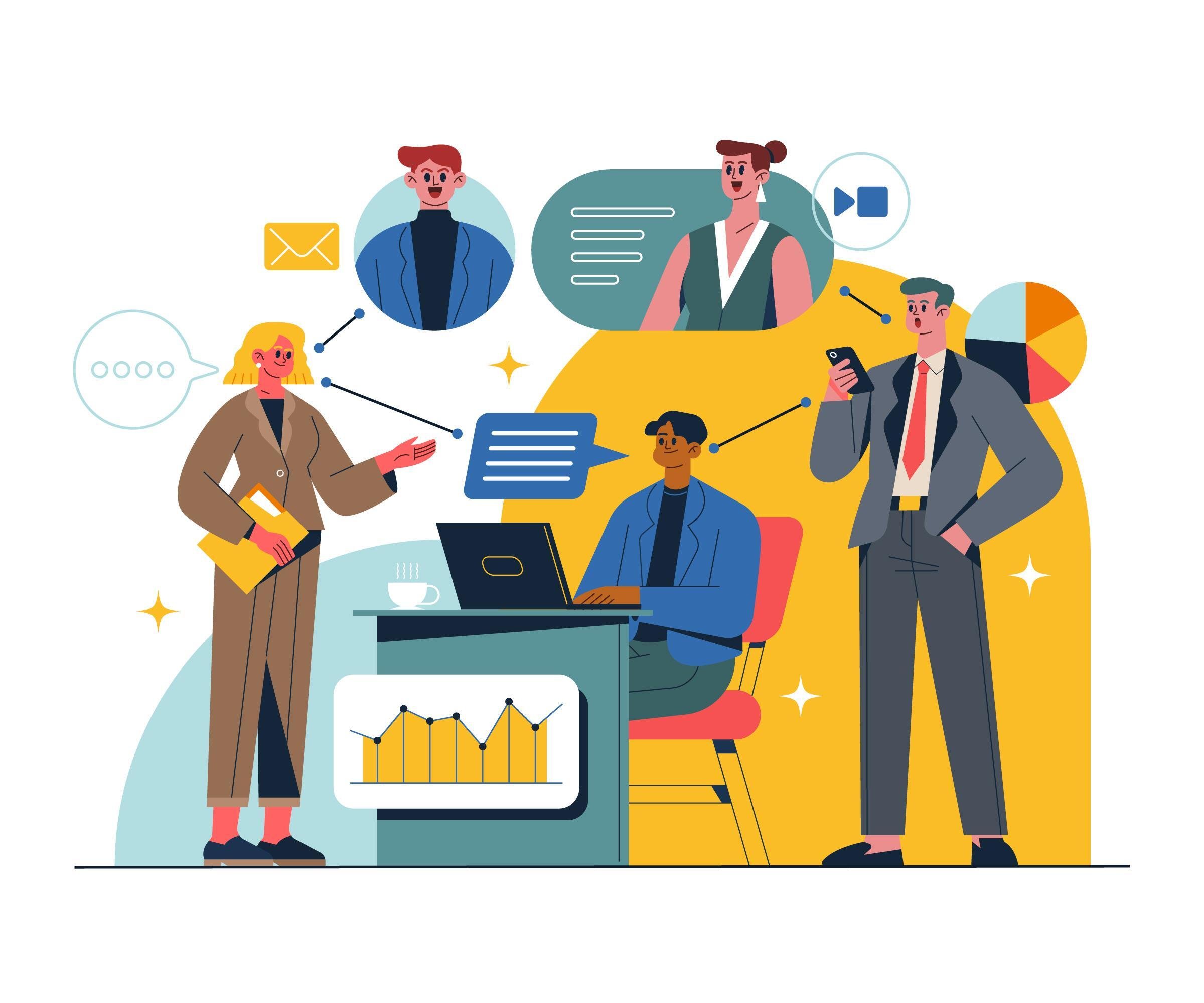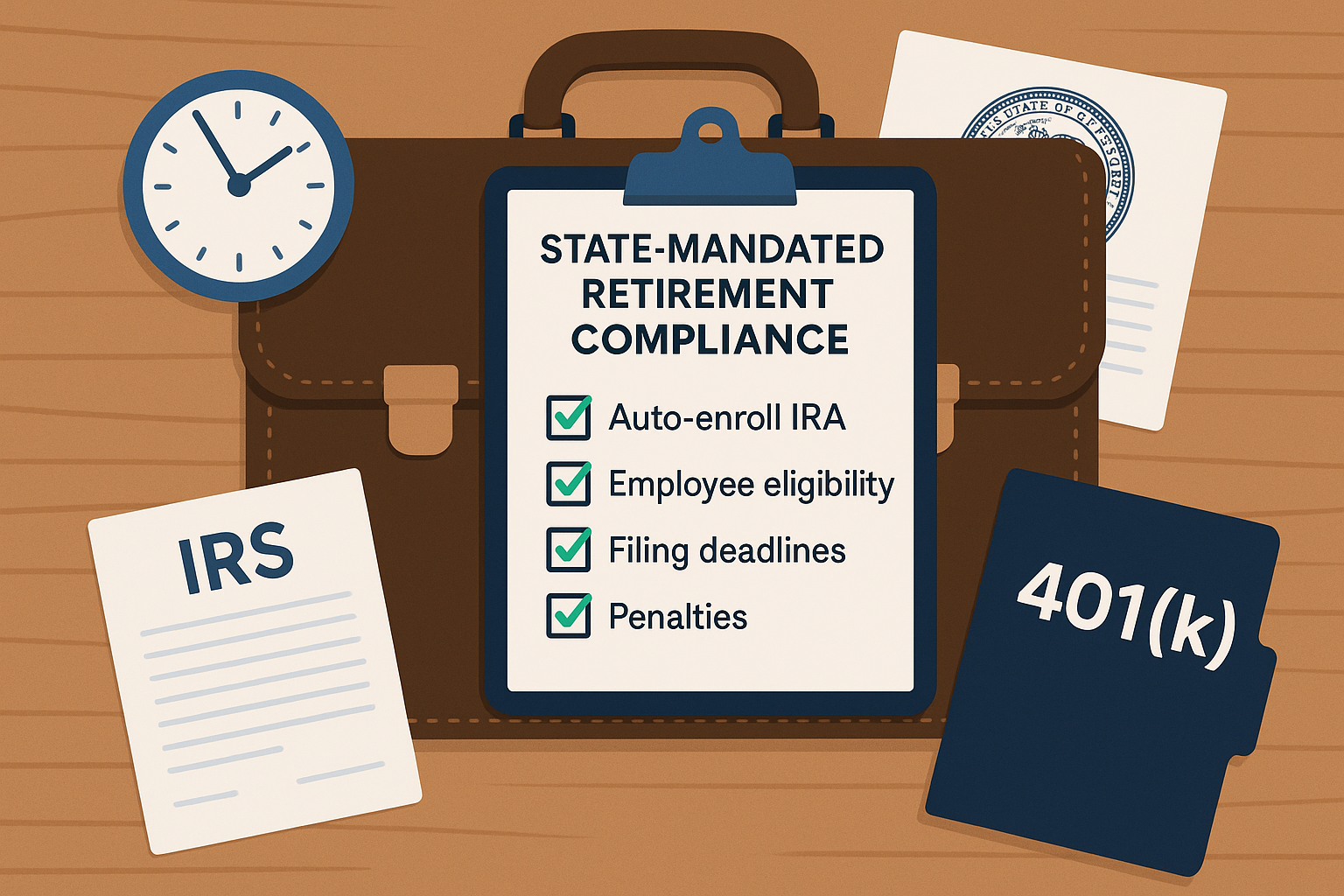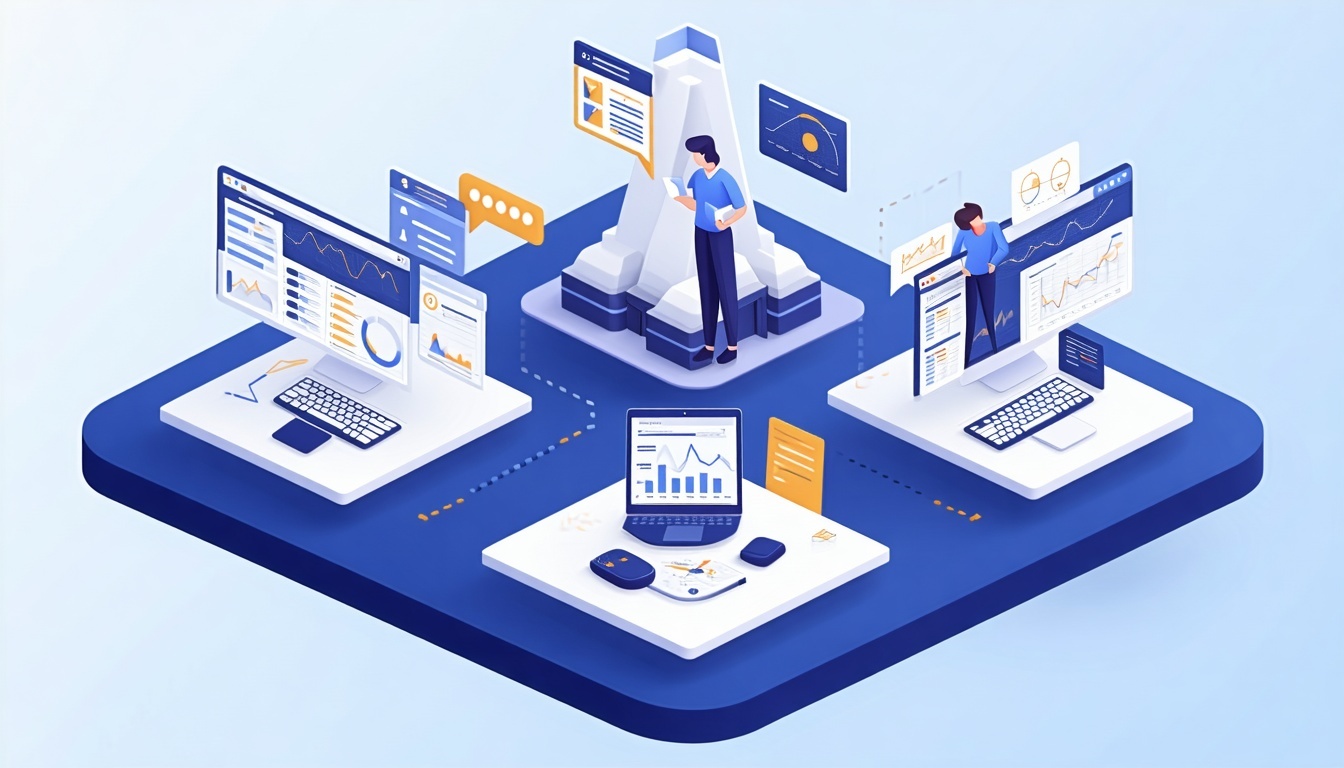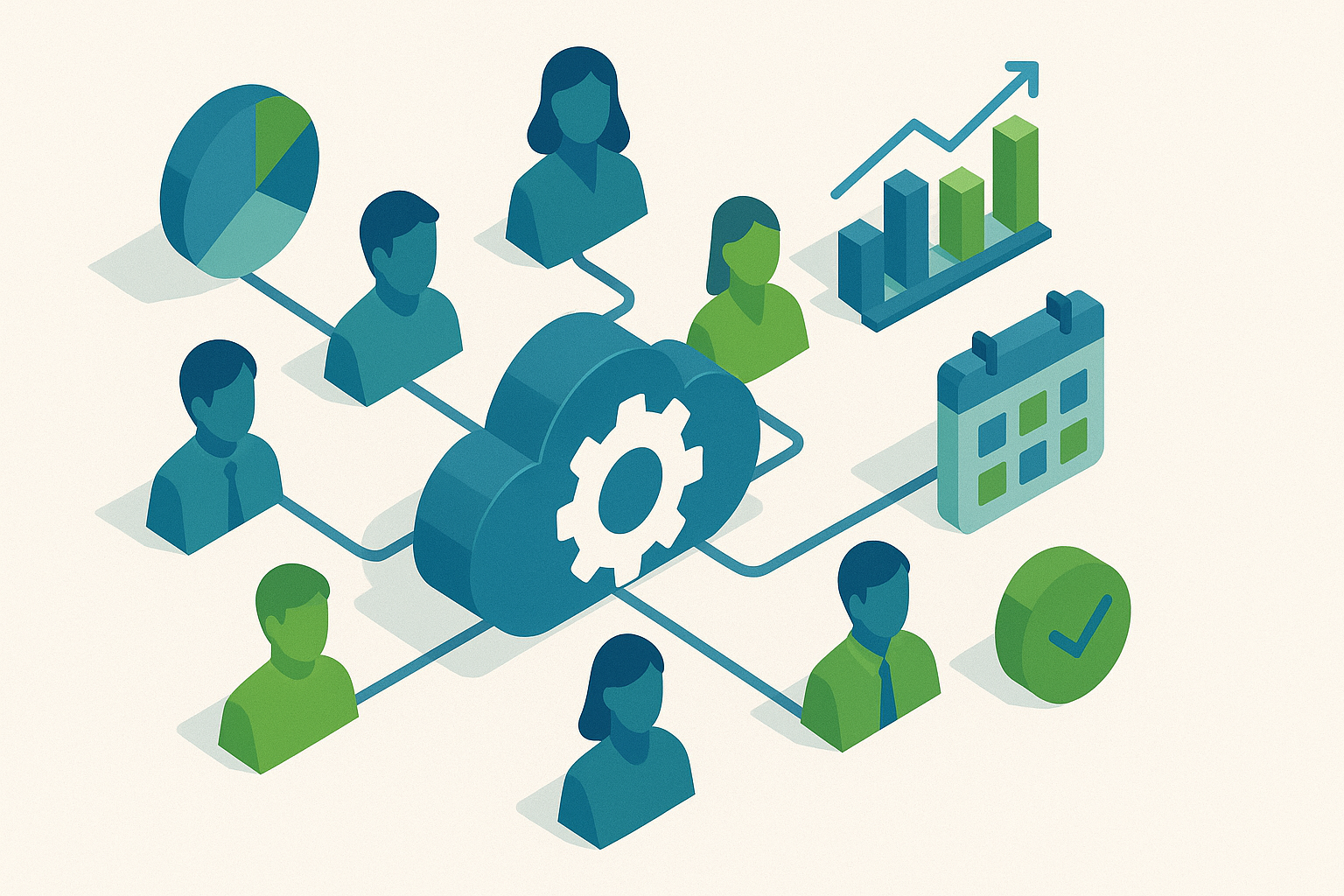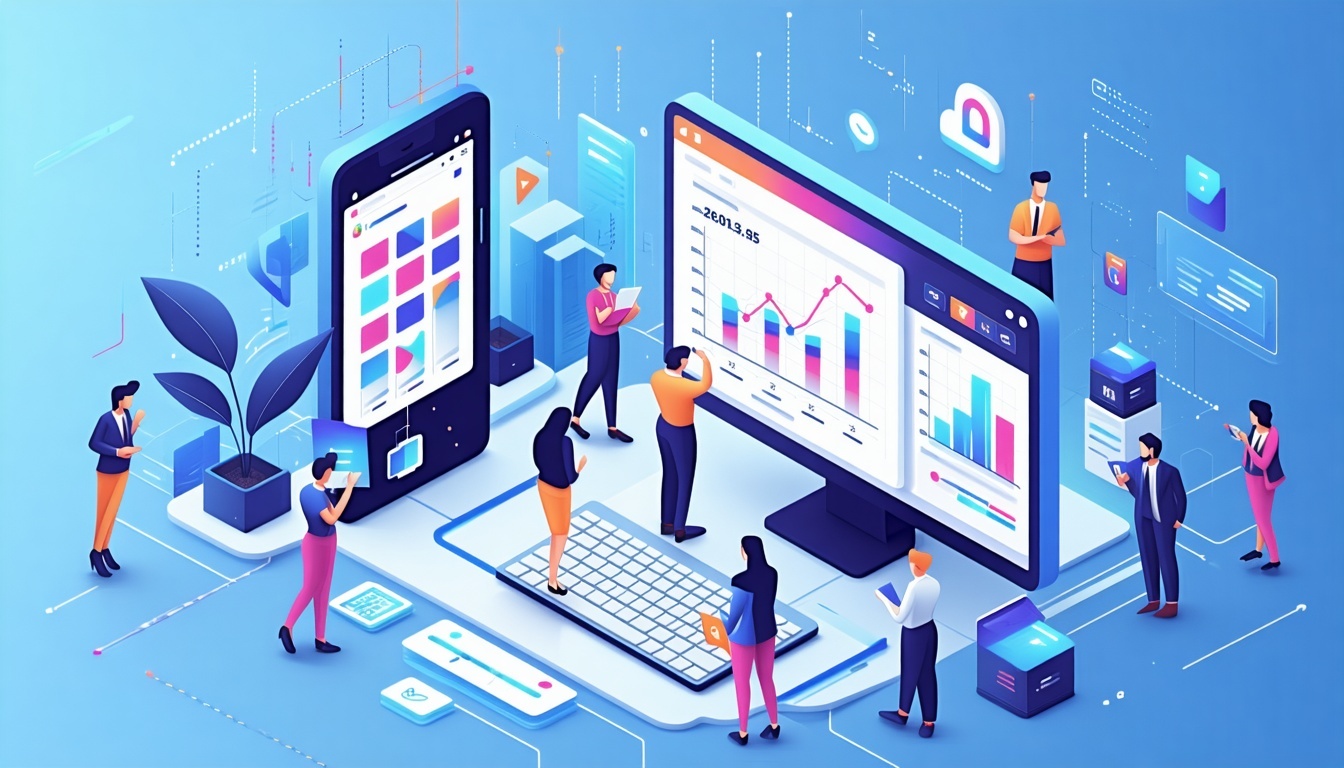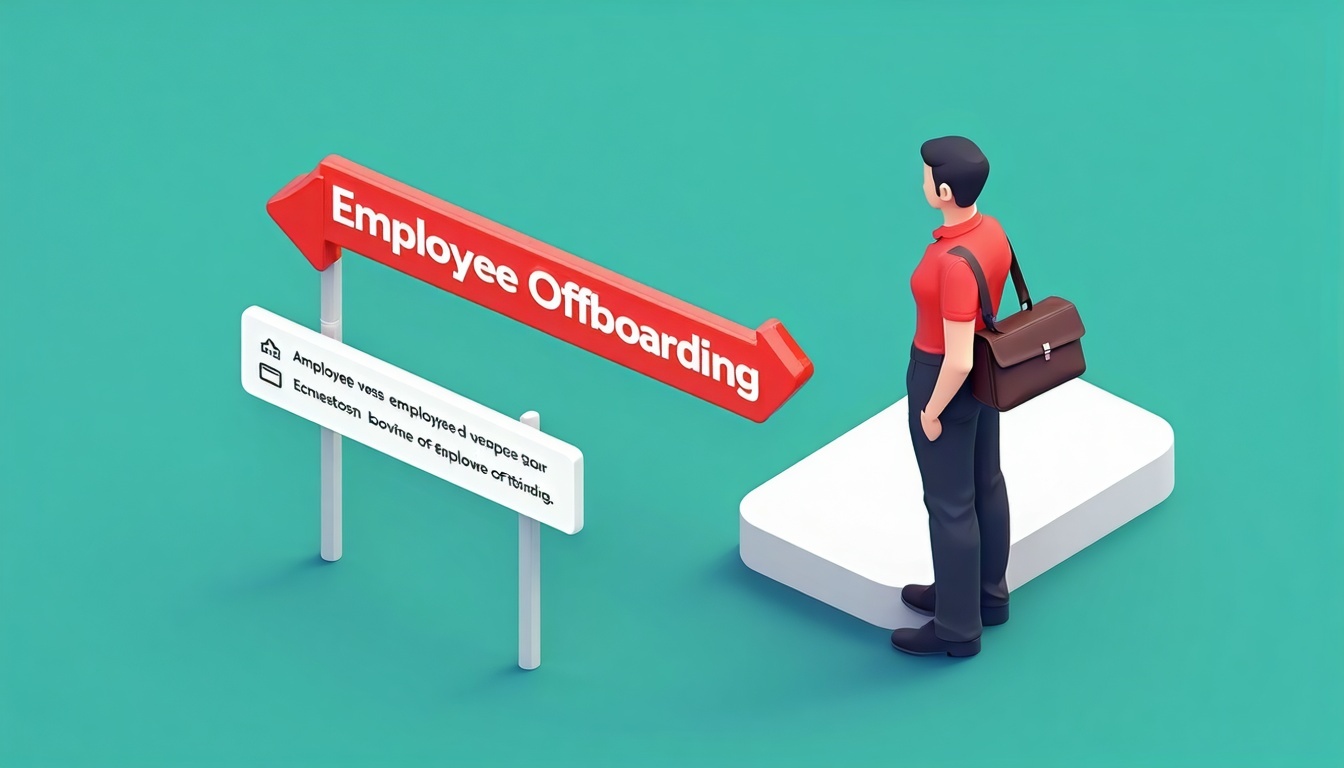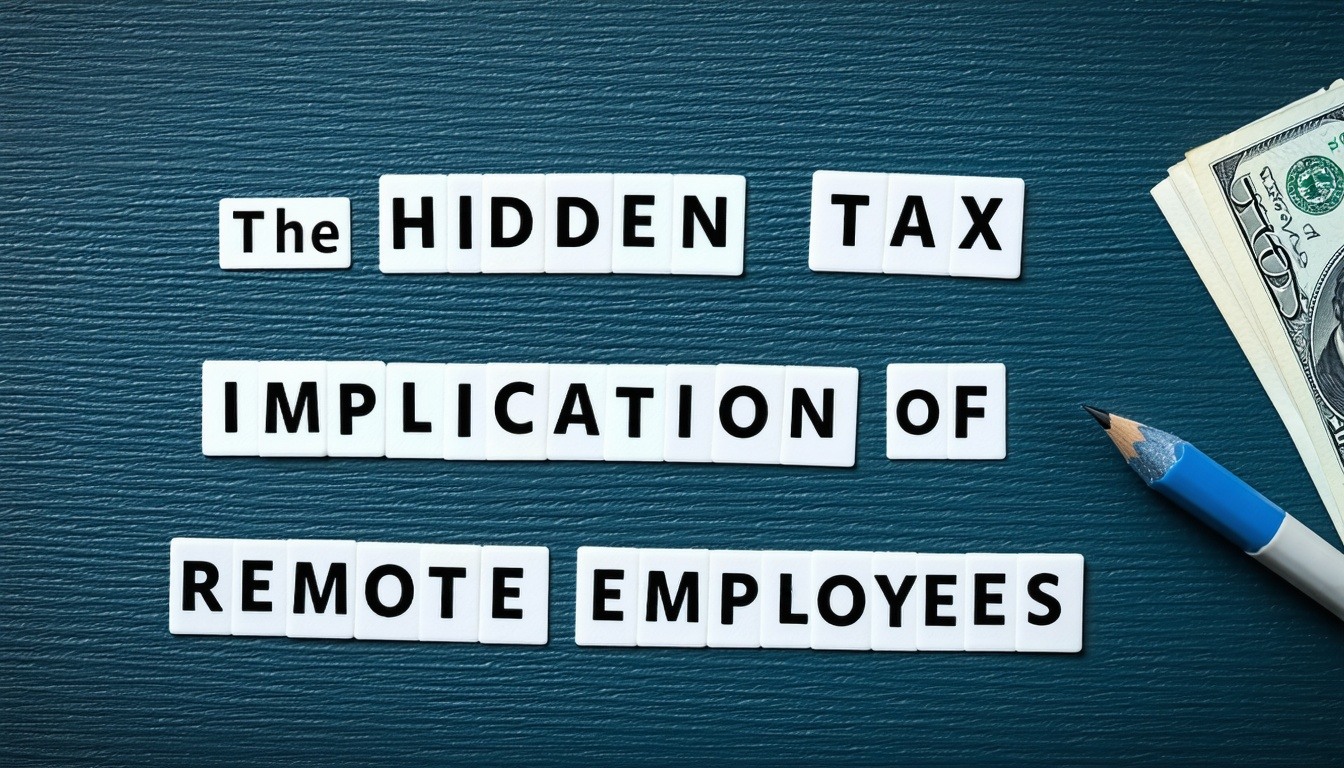Employee Bonus Types: Definitions & Examples
February 5th, 2025
4 min read
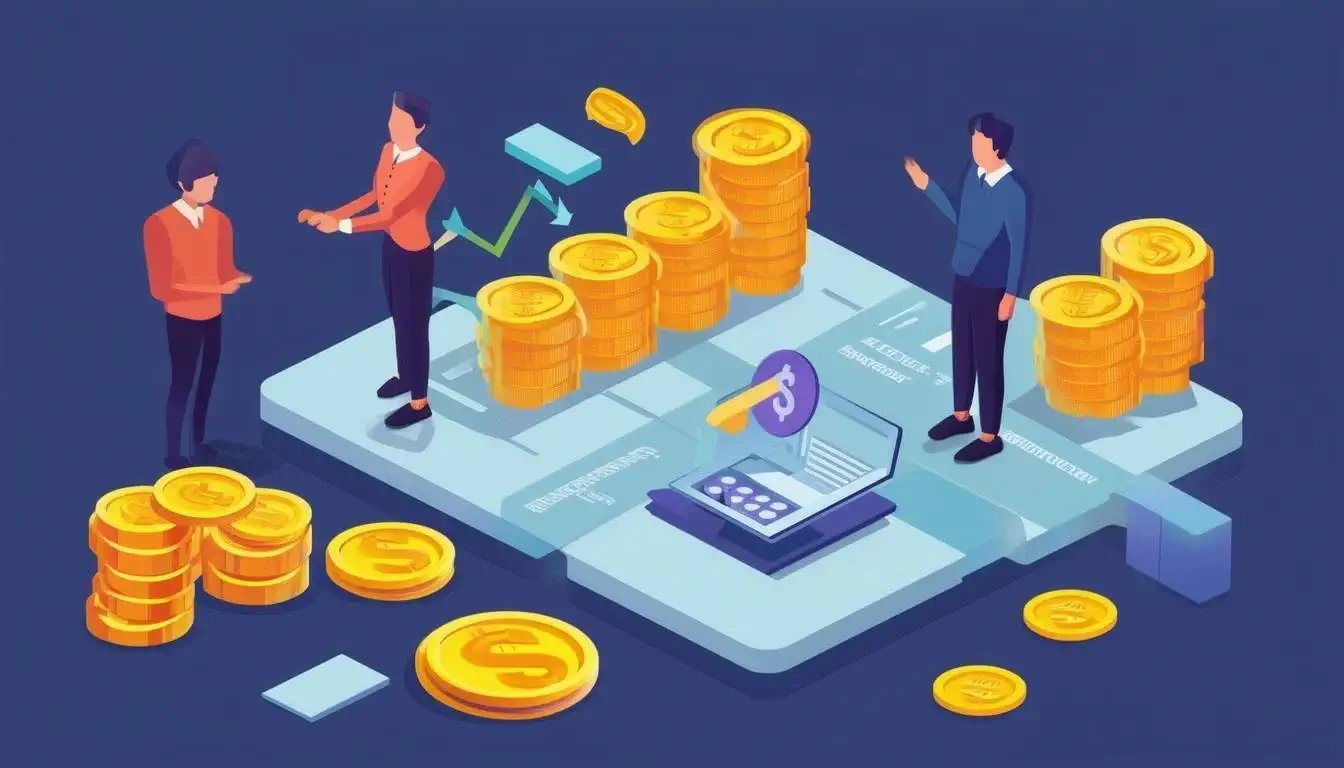
If your team feels unmotivated or turnover is high, the issue might not be salary—it’s recognition. Employees who don’t feel valued are less engaged, impacting productivity and retention. Bonuses can be a powerful tool to reward performance, but not all are created equal. In fact, according to Gallup, organizations with strong incentive programs see a 23% increase in employee engagement and retention. However, without a clear strategy, bonus systems can become inconsistent, costly, or even demotivating.
With years of experience in payroll and HCM solutions, we’ve helped businesses design fair and effective bonus programs. Understanding discretionary vs. non-discretionary bonuses is key to making your incentives work.
In this article, we’ll break down the different types of employee bonuses (discretionary vs. non-discretionary), how bonuses impact motivation and retention, and steps to design an effective bonus program. By the end, you’ll have a clear framework to implement a rewards system that fosters productivity, motivation, and long-term retention—setting your workforce up for success!
ow bonuses impact motivation and retentionTable of Contents
- What are Employee Bonuses?
- Types of Employee Bonuses
- Discretionary Bonuses
- Non-Discretionary Bonuses
- The Impact of Bonuses on Employee Retention
- How To Implement An Employee Bonus Program
- The Key to a Successful Bonus Program: Motivate, Retain, and Grow
What are Employee Bonuses?
Employee bonuses are financial rewards given in addition to regular pay, designed to recognize and motivate employees. These rewards fall into two primary categories:
-
Discretionary Bonuses – Given at the employer’s discretion, not promised in advance.
-
Non-Discretionary Bonuses – Pre-determined and outlined in company policies or contracts.
Types of Employee Bonuses
Below are the most common types of employee bonuses used by businesses:
| Discretionary Bonuses | Non-Discretionary Bonuses |
| Performance bonuses |
Sign-on bonuses |
| Spot bonuses |
Profit-sharing bonuses |
| Non-cash bonuses |
Retention bonuses |
| Holiday bonuses |
Referral bonuses |
| Annual bonuses |
Commission |
Let’s take a closer look at each type of bonus, starting with discretionary bonuses.
Discretionary Bonuses
Discretionary bonuses are rewards given at the employer's discretion, without any pre-established rules or guarantees. They're usually given spontaneously to recognize outstanding performance or contributions. These bonuses can take different forms:
1. Performance Bonuses
Performance bonuses are financial rewards given to employees who meet or exceed specific performance targets or goals. These targets can be individual, team-based, or company-wide and are typically predefined. Performance bonuses are often structured as a percentage of an employee's salary, making them a variable component of overall compensation.
2. Spot Bonuses
Spot bonuses are immediate, often spontaneous rewards given to employees for exceptional performance or contributions beyond their regular duties. Unlike annual bonuses, spot bonuses can be awarded at any time and are typically smaller in amount. They serve to quickly recognize and reward employees for specific achievements or behaviors.
3. Non-Cash Bonuses
Non-cash bonuses are rewards given to employees that do not involve direct monetary payment. These can include gift cards, extra paid time off, or experiential rewards like event tickets or memberships. Non-cash bonuses can be just as motivating as financial rewards.
4. Holiday Bonuses
Holiday bonuses are typically given at the end of the year as a gesture of appreciation. They may be a flat amount for all employees or a percentage of the employee’s salary.
5. Annual Bonuses
Annual bonuses are tied to overall company performance and profitability. If the company exceeds revenue goals, employees may receive a percentage of profits or a performance-based bonus based on key company achievements.
Non-Discretionary Bonuses
Non-discretionary bonuses are pre-determined rewards outlined in employment contracts or company policies. These bonuses are promised in advance, often tied to specific goals or employment conditions.
1. Sign-On Bonuses
Sign-on bonuses are one-time payments to attract new employees, often used in competitive markets or for specialized roles. For instance, a tech company might offer a $5,000 bonus to a software engineer.
2. Profit-Sharing Bonuses
Profit-sharing bonuses distribute a portion of company profits to employees, aligning their interests with financial success. Distribution can be equal or based on performance. For example, a company might allocate 10% of annual profits to employees meeting certain criteria.
3. Retention Bonuses
Retention bonuses are incentives to keep employees during critical times like mergers. They are contractually based on staying for a set period. For instance, a company might offer $10,000 for staying 12 months post-merger.
4. Referral Bonuses
Referral bonuses are given to employees for referring candidates who get hired. The bonus is usually paid after the new hire completes a set period, like six months. For instance, an employee might earn $1,000 for a successful referral.
5. Commission Bonuses
Commission-based bonuses in sales roles are tied to the revenue or profit from an employee's sales, linking earnings to performance and encouraging higher sales. For instance, a salesperson might earn a 5% commission per sale, boosting sales efforts.
The Impact of Bonuses on Employee Retention
Bonuses don’t just motivate employees in the short term—they also have a measurable impact on long-term retention. A well-designed bonus program can significantly reduce turnover, boost morale, and increase employee commitment to an organization.
💡 Did You Know? Profit-Sharing plans can lead to increased job satisfaction and lower turnover (payscale), and referred employees have a 70% longer tenure than those hired through other methods (icims).
Below is a breakdown of how different bonus types impact employee retention:
(1).png?width=755&height=519&name=output(5)(1).png) By understanding how different bonus types affect employee loyalty, businesses can build a strategic rewards system that not only incentivizes performance but also encourages long-term commitment.
By understanding how different bonus types affect employee loyalty, businesses can build a strategic rewards system that not only incentivizes performance but also encourages long-term commitment.
How To Implement An Employee Bonus Program
Designing the optimal bonus structure involves researching competitor practices, aligning with your company's values and objectives, and understanding what drives employee performance.
Conduct Research On Competitors Analyze competitor bonus offerings by studying industry trends, company structures, and market insights. Conduct surveys or interviews to identify best practices for enhancing your bonus program.
Align With Company Values Align bonus structures with financial rewards, core values, and strategic goals. Design incentives reflecting innovation and teamwork, supporting objectives like market expansion or sustainability. This motivates employees by showing how their efforts contribute to the company's mission.
Use Employee Surveys Use surveys to identify workforce motivations and preferences, aiding in tailoring bonus programs for job satisfaction.
Design Flexible Programs Develop flexible bonus programs that cater to diverse needs, including performance bonuses, non-cash rewards, and flexible work options, enhancing job satisfaction and productivity.
.jpg?width=735&height=565&name=2025-02-05_10-36-45(1).jpg)
The Key to a Successful Bonus Program: Motivate, Retain, and Grow
Creating a motivating bonus system within budget is challenging. Understanding bonus types and benefits helps align them with company goals. Choose discretionary bonuses for flexibility or non-discretionary for predictability, tailoring them to workforce needs. With the right strategy, enhance satisfaction and drive success.
Ready to implement an effective bonus program? At Lift HCM, we offer payroll, tax, and HR solutions to design fair, compliant, and satisfying bonus strategies. Let's build a rewards program for you!
Caitlin Kapolas is a results-driven professional with a strong background in account management and retail. She is dedicated to improving client experiences and building lasting relationships. Caitlin excels in identifying client needs, resolving issues, and implementing customized solutions that drive value. Her effective communication skills ensure high client satisfaction and loyalty, making her a trusted advisor and partner in meeting client needs with precision and professionalism.
Topics:





